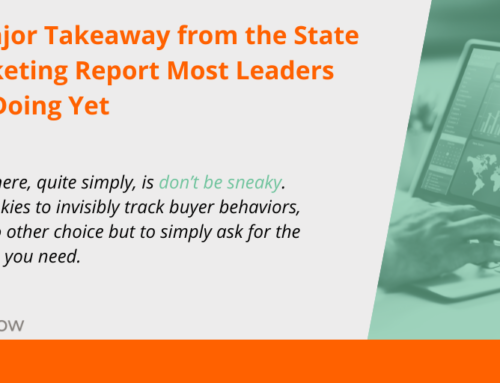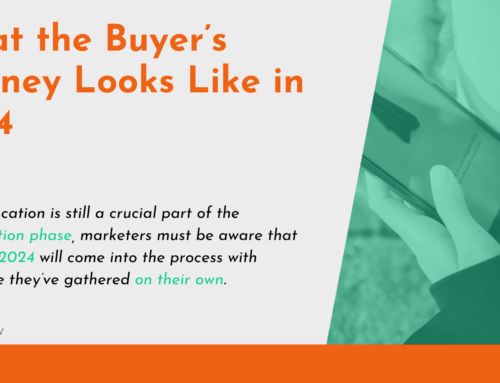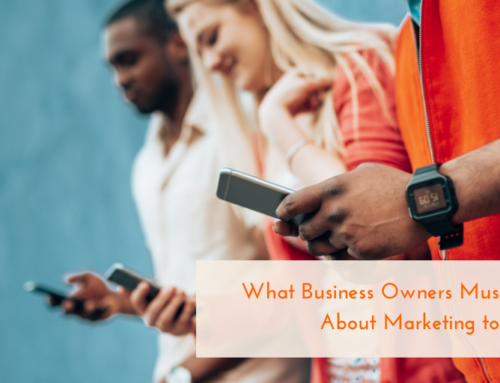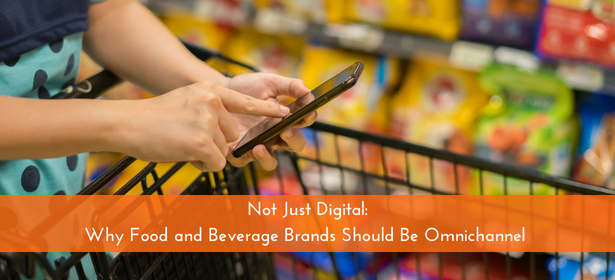
We recently made our case for digital marketing, specifically in the food and beverage space—but that’s just the beginning of the story. Technology keeps marching on, and so do the wants and needs of your buyers. It’s not enough anymore to have a website or a Facebook page. Your buyers want to be able to find you and engage with your brand, anytime and anywhere. That means you need omnichannel marketing.
Multi-Channel vs. Omnichannel
You may already be engaging in multi-channel marketing and believe that’s the same as omnichannel, but it’s not. Multi-channel marketing may make use of various platforms, including television, mobile, desktop, and other devices, but that’s not all you need to appeal to your buyers.
A truly omnichannel experience is seamless, meaning the buying experience from one platform to the next is the same at all points in the journey. For example, can your buyers access the same coupons or specials from your website, social media sites, or other outlets? Can purchases be made in-store, online, and through an app? If your buyers can find you wherever they are (not wherever you are), then you might say you’re omnichannel.
Why Is Omnichannel Important?
It’s easy to point to increasing technology as the reason brands should begin investing in providing omnichannel experiences for buyers, but that’s not the full picture. The reason brands evolve is due to buyer behavior and not simply because the technology is available. You need solid proof that buyers want the service you’re providing.
According to Harvard Business Review, 73% of shoppers are omnichannel, meaning they use various mediums to complete their purchases. Retailers have to keep up by offering various shopping options, such as showrooming (the practice of finding something in a physical store before buying online), interactive catalogs, online shopping, in-store pickup, webrooming (finding a product online before buying in a physical store), and coupon push notifications from deal-searching apps.
Food and beverage companies, specifically CPG brands, have traditionally relied on shelf placement and traditional marketing to gain exposure among consumers, but the tides are changing. With 70% of shoppers expected to buy groceries online within the next seven years, a place on the shelf isn’t enough to get brands in front of buyers anymore. With up to $100 billion in online grocery purchases on the line, can you afford to miss this train?
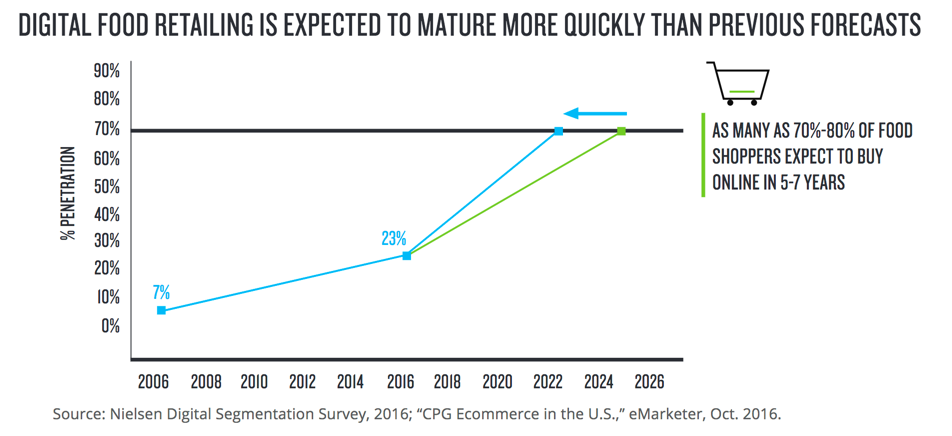
Food and Beverage Omnichannel Opportunities
Introducing omnichannel marketing to your food and beverage brand doesn’t have to be scary. You can take a page out of any omnichannel marketer’s book and adapt it to your brand.
What might that look like for CPG brands? Buyers are always looking for good deals, so consider partnering with coupon and savings sites and apps, such as Target’s Cartwheel, Ibotta, and SnipSnap. Seek out options that allow for push notifications so that buyers can receive information about your coupons and deals while they’re standing in the store.
Online shopping options are booming, too, so be sure your products are available through Amazon Fresh, Instacart, or Walmart Online. If you sell niche products, find sites that specialize in your niche, such as FreshDirect or GoBio! for gluten free and organic foods. You can also offer your coupon savings through these stores, which could give buyers the push they need to try something new.
Are you ready to go omnichannel? Remember that we’re always here to help you make the most of your marketing. If you need some help, give us a call.

